Advanced Metering Infrastructure (AMI) integration is a phenomenal tool that offers utilities a wide variety of transformative benefits, particularly when it comes to asset management and pipe condition assessments.
But how?
Before we get to that, let’s take a quick detour into the basics of asset management and pipe condition assessments.
Asset Management: The Basics
Asset management is a fairly straightforward concept; essentially, it’s a strategic process utilities use to manage their assets. (See? Straightforward.) Utility assets can range anywhere from pipelines and power lines to the people themselves servicing them. At its core, asset management was developed for utilities, such as water, gas, electricity, etc., to reduce their operational costs while still providing consistent, efficient, and cost-effective service.
 For water and wastewater utilities specifically, this approach means maintaining and upgrading utility infrastructures throughout their life cycles, including pipes, pumps, and treatment facilities. This kind of continuous maintenance, or “lifecycle evaluation” as many call it, is dependent on making time-sensitive decisions on when to replace, repair, or refurbish assets, which is key when trying to mitigate the risks of leaks or contamination.
For water and wastewater utilities specifically, this approach means maintaining and upgrading utility infrastructures throughout their life cycles, including pipes, pumps, and treatment facilities. This kind of continuous maintenance, or “lifecycle evaluation” as many call it, is dependent on making time-sensitive decisions on when to replace, repair, or refurbish assets, which is key when trying to mitigate the risks of leaks or contamination.
One of the cornerstones of an efficient asset management system is proper documentation and record of all assets, their locations, specifications, maintenance history, and present condition. (If it can be recorded, it should be.) Asset management can provide utilities with the opportunity to implement a chain of custody, ensuring the safety, efficiency, durability, and reliability of their assets while simultaneously maximizing their investments.
But none of that can happen without a solid paper trail of the asset’s history and specifications.
For a more detailed overview of asset management, read our blog, The Crucial Role of Utility Asset Management: Providing Reliable Operations and Sustainable Infrastructure.
Pipe Condition Assessment
Pipe condition assessments are another critical aspect of water utility infrastructure maintenance, playing an important role in asset management. Proper pipe condition assessment typically includes visual inspections, acoustic monitoring, pressure testing, and flow monitoring, among other kinds of testing. By evaluating the condition of water and wastewater system pipes through these tests, utilities can get up close and personal with their infrastructure. In doing so, they have more knowledge and data and are therefore better equipped to make more intentional and sound judgments regarding maintenance and management. They can also identify problems before they become serious, mitigating the risk of corrosion, cracks, blockages, and leaks.
To put it succinctly, asset management and pipe condition assessments are two forms of predictive maintenance.
 Capitalizing on Advanced Metering Infrastructure (AMI)
Capitalizing on Advanced Metering Infrastructure (AMI)
AMI is a system made up of smart water meters, data management systems, and communication networks. The purpose of AMI is to provide two-way communication between water utilities and their customers — all in real-time. By combining asset management, pipe condition assessments, and AMI, utilities can completely revolutionize the game.
With this communication fast-track, utilities gain far more insight into their customers’ water usage and are able to manage their assets proactively. Instead of having to wait for routinely scheduled assessments, utilities have continuous access to the infrastructure and system’s historical data, meaning they’re able to detect anomalies — like pressure drops or leaks — more quickly and have faster response times.
This level of constant surveillance and two-way communication can also be used for instant customer consumption readings, allowing customers the autonomy to monitor their own consumption and be alerted in the event of leaks or other issues. With the ability to detect these issues in real-time, utilities can swiftly make the necessary repairs or replacements. In doing so, they make way for accurate customer billing and more robust leak protection, reducing water loss and saving customers money. Talk about a win-win.
 By shifting the focus from a reactive to a more proactive approach, utilities can take their continuous influx of data and use it to predict potential issues or failures. This kind of preparation allows them to better schedule their assessments based on critical needs rather than a routine calendar schedule. With this kind of forecasting, utilities can allocate better resources, reduce unneeded service interventions, and better extend the lifespan of their infrastructure.
By shifting the focus from a reactive to a more proactive approach, utilities can take their continuous influx of data and use it to predict potential issues or failures. This kind of preparation allows them to better schedule their assessments based on critical needs rather than a routine calendar schedule. With this kind of forecasting, utilities can allocate better resources, reduce unneeded service interventions, and better extend the lifespan of their infrastructure.
There are a multitude of benefits from integrating AMI into a water and wastewater utility’s asset management process. But there’s one other crucial benefit we haven’t touched on: environmental and regulatory compliance.
Since AMI integration helps water utilities reduce their water loss and improve efficiency all around, it also guides them towards complying with regulations aimed at water conservation and environmental protection. Thanks to its robust reporting capabilities, AMI integration systems are able to gather accurate and timely compliance data, helping utilities demonstrate their adherence to regulatory standards.
Conclusion
There’s no denying the benefits of integrating AMI with asset management and pipe condition assessments. The partnership among the three allows for real-time data collection and analysis, early leak detection and water loss reduction, predictive maintenance, improved resource management, and, of course, environmental and regulatory compliance. By adopting AMI technology, utilities can ensure the longevity and reliability of their infrastructure, enhance customer satisfaction, and achieve regulatory compliance, ultimately providing better service while conserving our world’s most valuable resource.

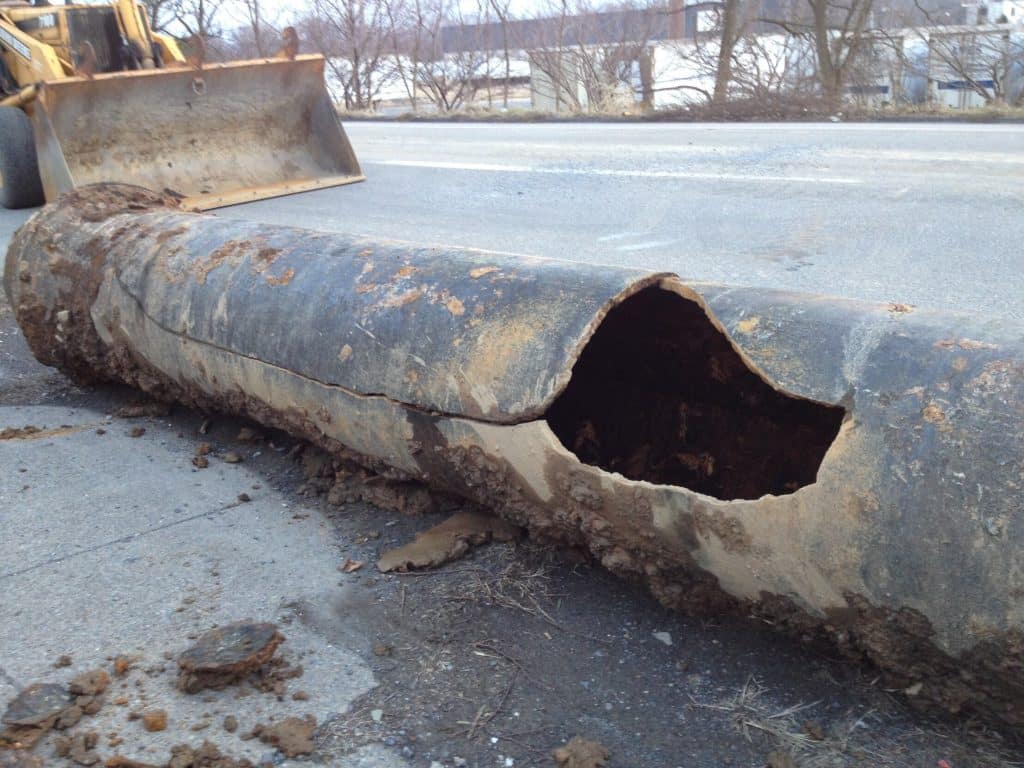
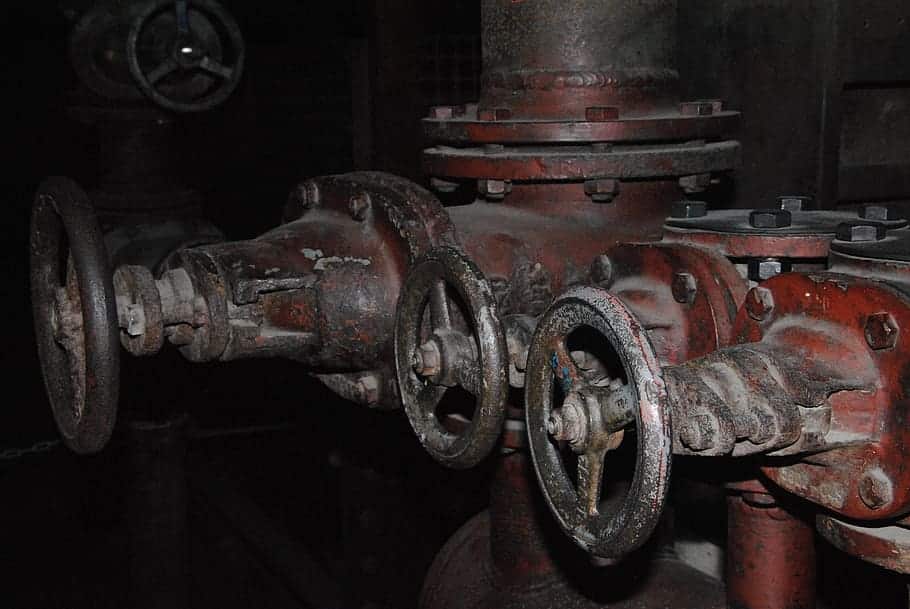
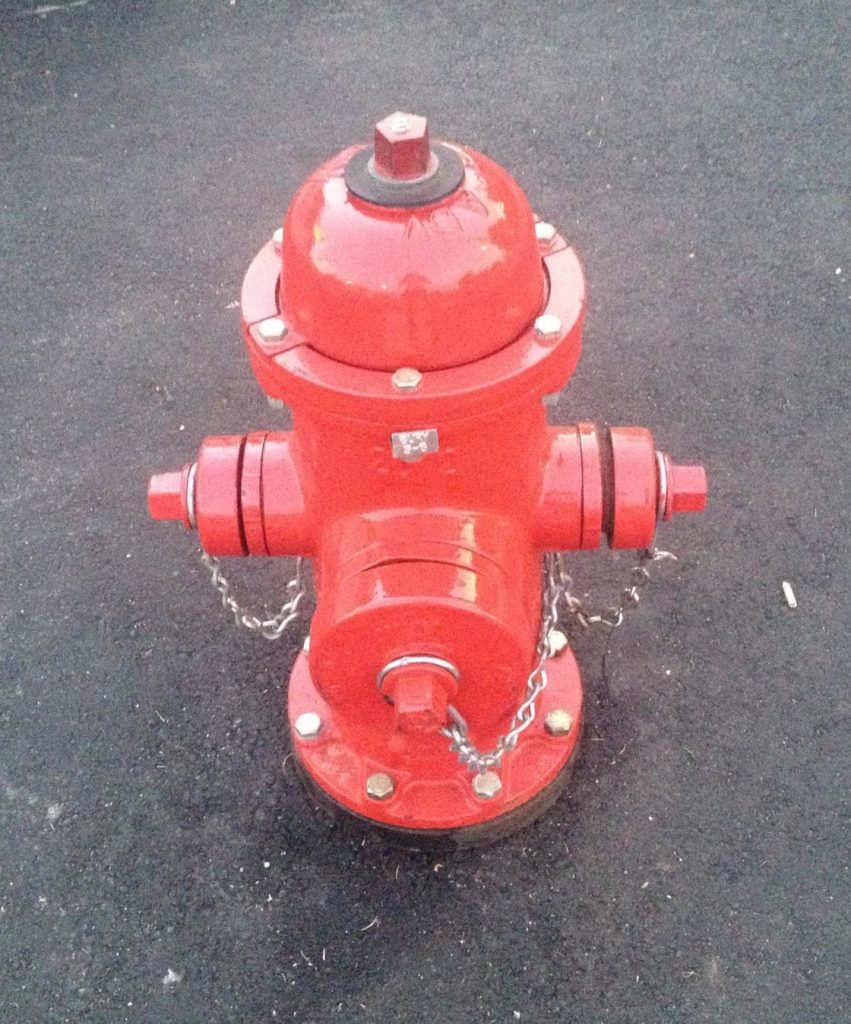
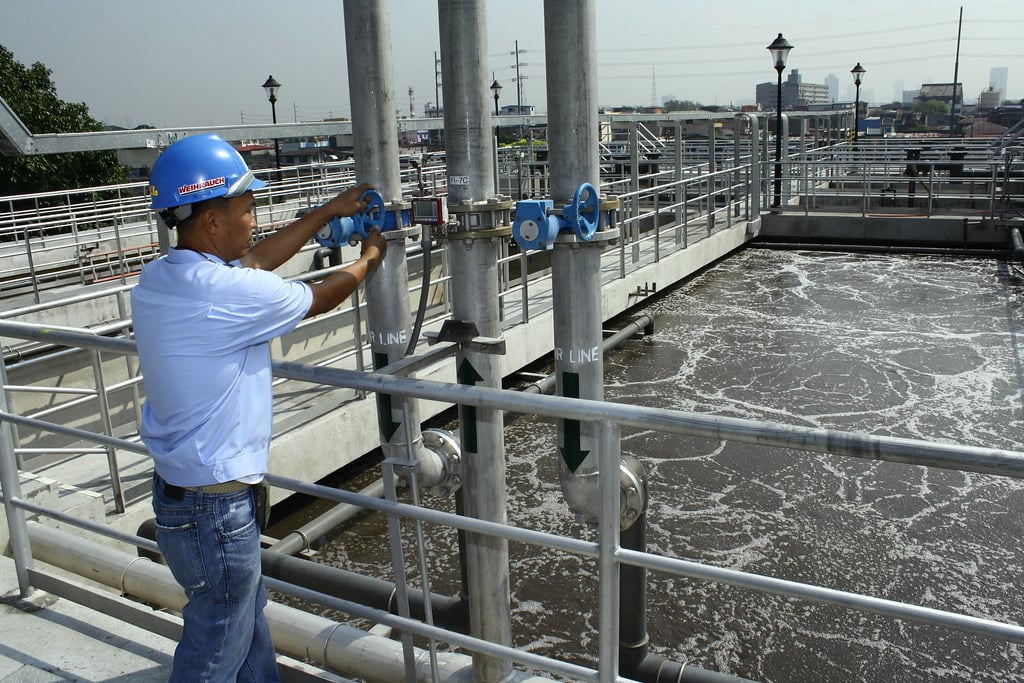 The Tata & Howard Capital Efficiency Plan (CEP) helps you do just that. Our CEP method is an accelerated and progressive approach to asset management. Our program allows municipalities, with the assistance and guidance of expert field staff and project managers, to do the following: (1) identify areas of their water, stormwater, and wastewater systems that are in need of repair, replacement, and/or rehabilitation; and (2) create a prioritized plan of action that is easily justified. In addition, the entire plan is conducted and completed in a way that makes the most bang out of municipalities’ limited infrastructure bucks.
The Tata & Howard Capital Efficiency Plan (CEP) helps you do just that. Our CEP method is an accelerated and progressive approach to asset management. Our program allows municipalities, with the assistance and guidance of expert field staff and project managers, to do the following: (1) identify areas of their water, stormwater, and wastewater systems that are in need of repair, replacement, and/or rehabilitation; and (2) create a prioritized plan of action that is easily justified. In addition, the entire plan is conducted and completed in a way that makes the most bang out of municipalities’ limited infrastructure bucks.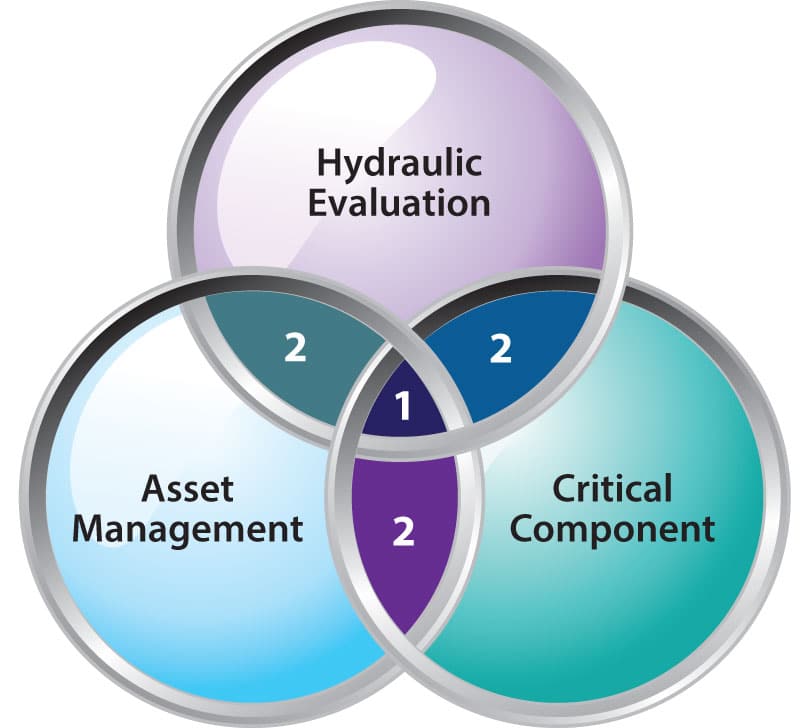 Once the plan is completed, systems receive their CEP report, complete with Geographic Information System (GIS) representation for each pipe segment within their individual underground piping system, along with a database. Each report will detail what issues are critical and should be prioritized, and includes estimated costs for the repairs, replacements, or rehabilitations that need to be made, so critical and less-critical projects alike can be part of the conversation when preparing annual budgets.
Once the plan is completed, systems receive their CEP report, complete with Geographic Information System (GIS) representation for each pipe segment within their individual underground piping system, along with a database. Each report will detail what issues are critical and should be prioritized, and includes estimated costs for the repairs, replacements, or rehabilitations that need to be made, so critical and less-critical projects alike can be part of the conversation when preparing annual budgets.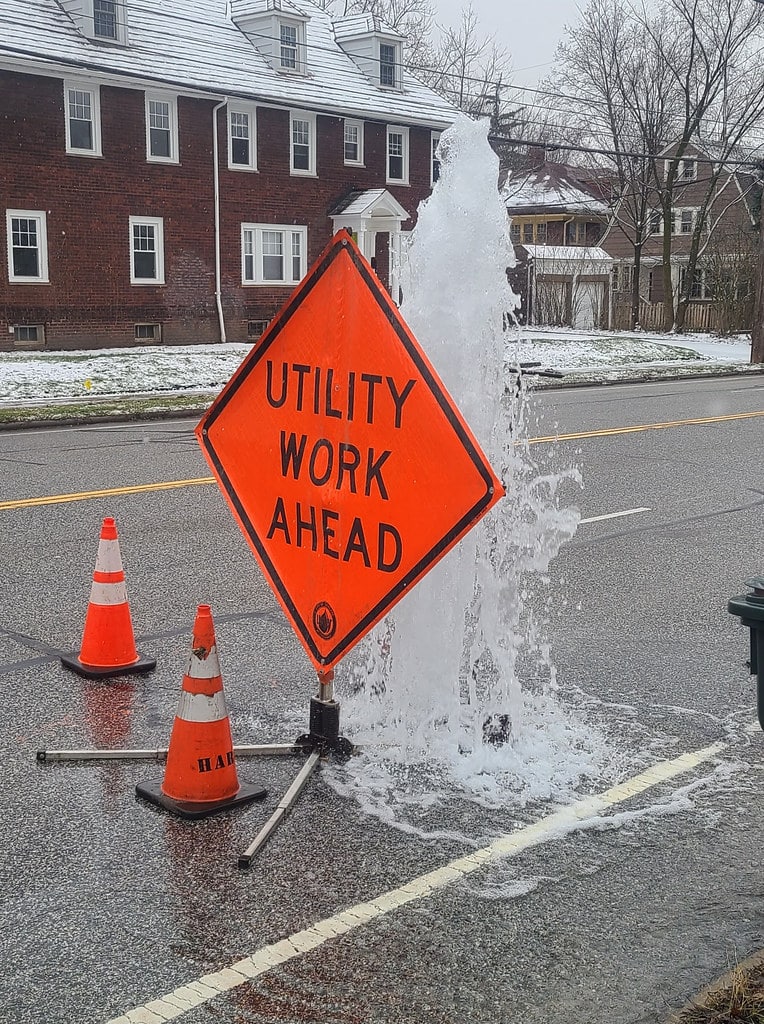 It has been no secret that federal and state funding has been on a steady decline for several decades now, starting in the mid-1970s. With already limited funding, state and local governments are unable to meet full capital expenditures and to prioritize projects, and are frankly falling behind, leaving their residents to bear the burden of crumbling infrastructure.
It has been no secret that federal and state funding has been on a steady decline for several decades now, starting in the mid-1970s. With already limited funding, state and local governments are unable to meet full capital expenditures and to prioritize projects, and are frankly falling behind, leaving their residents to bear the burden of crumbling infrastructure. Asset management planning is absolutely critical to the current and future health and maintenance of our water supplies. This highly structured, three-circle approach to capital planning is one of the most effective ways for systems to conclusively prioritize those that are in most need of repair, replacement, or rehabilitation. Each CEP approach is specifically tailored to each project, as each system and project have varying needs.
Asset management planning is absolutely critical to the current and future health and maintenance of our water supplies. This highly structured, three-circle approach to capital planning is one of the most effective ways for systems to conclusively prioritize those that are in most need of repair, replacement, or rehabilitation. Each CEP approach is specifically tailored to each project, as each system and project have varying needs.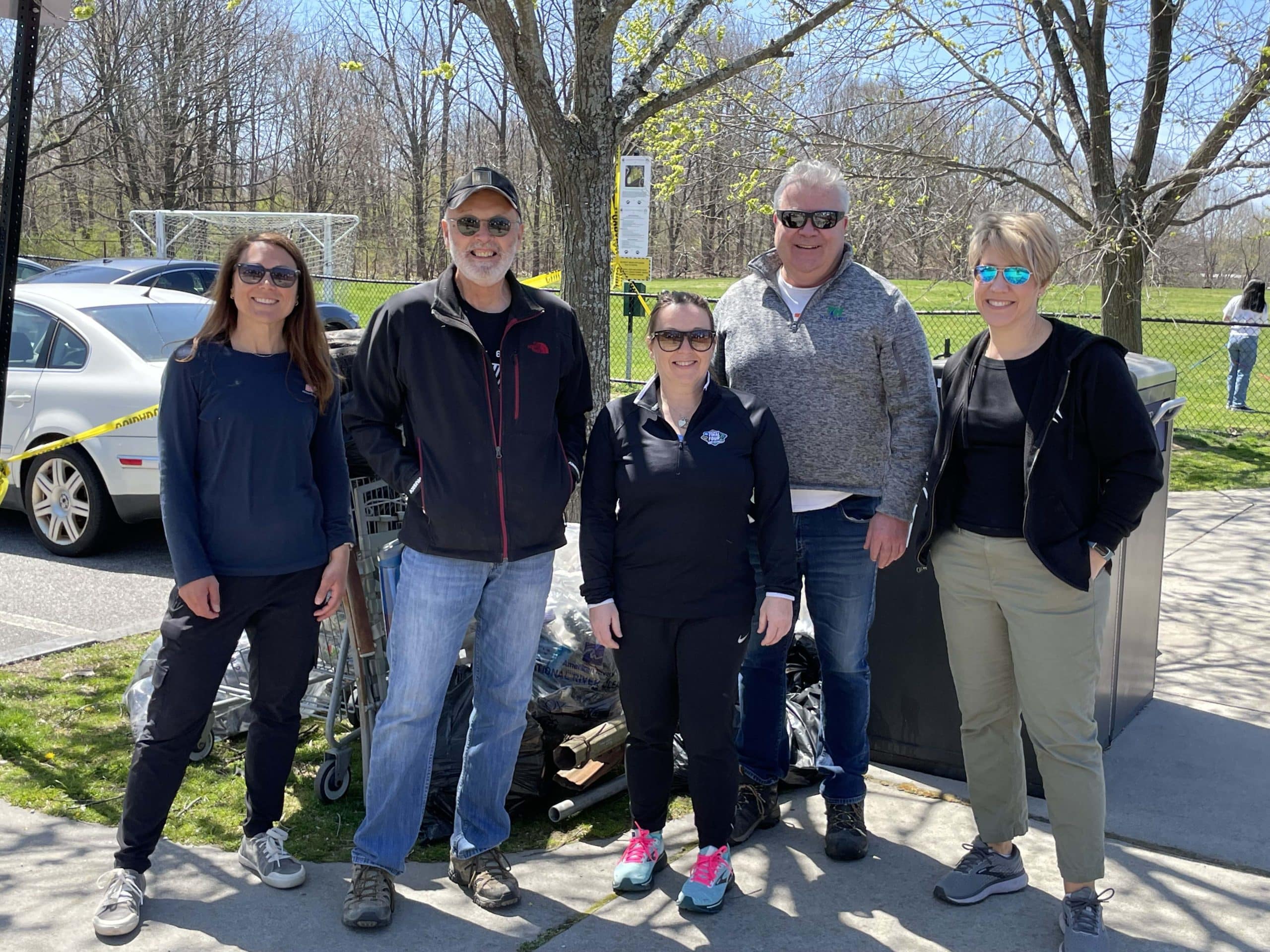






 Jared Hamilton, an A.P. Scholar, graduated from Ellsworth High School with high honors and is a recent graduate of the University of Maine, B.S. in Civil Engineering, with a dual concentration in water resources and structural design. Jared recently passed the Fundamentals of Engineering Exams (F.E.). He is a member of the Maine Section of the American Society of Civil Engineers (ASCE) and a past member of the Sigma Phi Epsilon fraternity.
Jared Hamilton, an A.P. Scholar, graduated from Ellsworth High School with high honors and is a recent graduate of the University of Maine, B.S. in Civil Engineering, with a dual concentration in water resources and structural design. Jared recently passed the Fundamentals of Engineering Exams (F.E.). He is a member of the Maine Section of the American Society of Civil Engineers (ASCE) and a past member of the Sigma Phi Epsilon fraternity.




